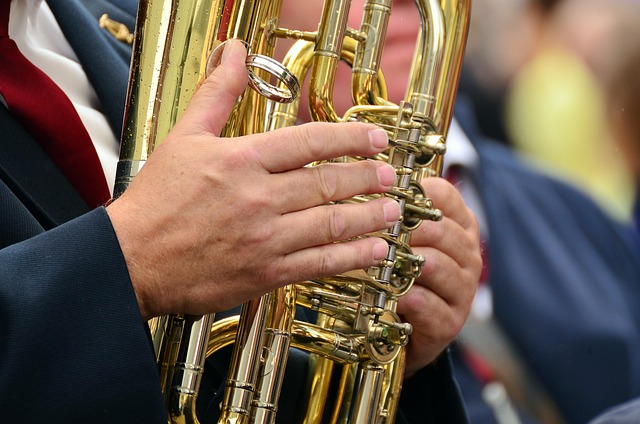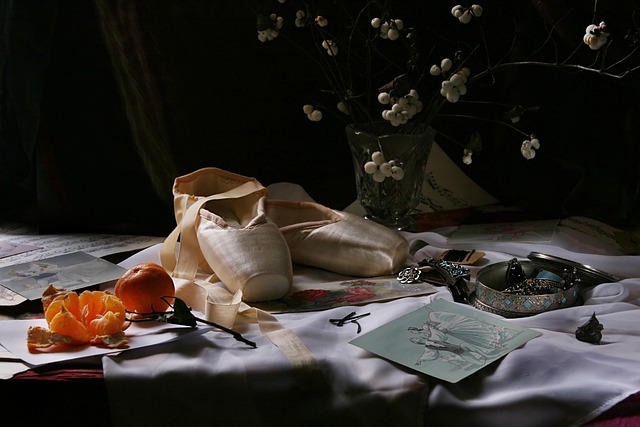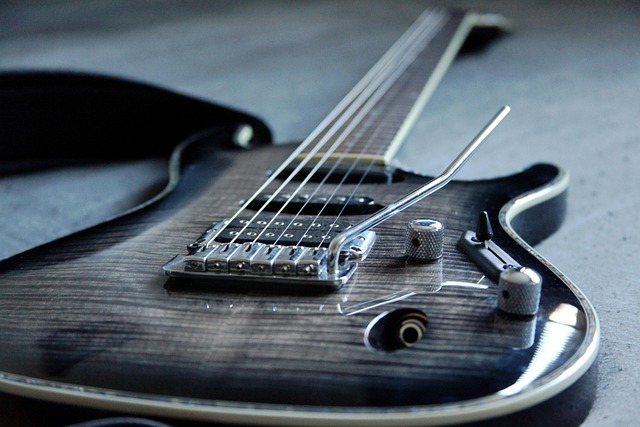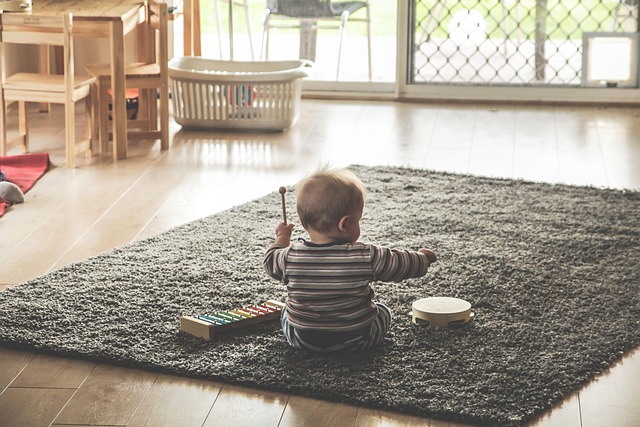
Brass Instruments in Marching Band
Brass Instruments in Marching Band
Ah, the sweet sound of brass instruments resonating through the air during a marching band performance! There’s something undeniably captivating about the way these shiny, brass beauties take center stage, commanding attention not just with their sound, but with their gleaming presence. If you’ve ever wondered what makes these instruments so special in the marching band world, grab your favorite snack and let’s dive into the brass-tastic details!
What Makes Marching Brass Different?
First things first, let’s talk about the elephant in the room—or should we say, the tuba in the band? 🎺 The main difference between concert brass instruments and those used in marching bands lies in their design. Marching brass instruments are crafted to project sound forward, ensuring that even the person in the very last row of the bleachers can hear the glorious notes. This is achieved by relocating the bell, which is the part that looks like a shiny flower blooming at the end of the instrument. In contrast, concert brass instruments tend to project sound over or under the player's shoulder, which is great for indoor performances but not so much for parading down the field.
Innovations Born from the Drum Corps
Now, let’s give a shout-out to the drum and bugle corps, the unsung heroes of brass instrument innovation! For decades, these spirited ensembles have pushed the boundaries of what brass instruments can do. Enter the mellophone and the contrabass bugle—two fabulous creations born from the desire to enhance the marching experience. The mellophone, often seen as the sassy cousin of the French horn, is designed for marching and has a beautiful, mellow sound that adds a unique flavor to the ensemble. Meanwhile, the contrabass bugle, which is essentially a low brass instrument, provides that deep, resonant sound that makes your heart skip a beat. Who knew brass could be so versatile?
The Choir of Brass
Let’s not forget the delightful categorization of bugles, which are often grouped like voices in a choir. Think of it as a brass family reunion—there’s the Soprano, Alto, Tenor, and Bass. Each voice contributes to the rich tapestry of sound that fills the air during a performance. The alto bugle, for instance, is a favorite among many marching bands, offering a bright, clear tone that cuts through the mix. It’s like the lead singer of a rock band, demanding attention and making sure everyone knows it’s there!
Why Brass Instruments Matter in Marching Bands
So, why do brass instruments hold such an esteemed place in marching bands? The answer is simple: they bring energy, excitement, and a sense of community. The sound of brass can uplift spirits, energize crowds, and create unforgettable memories. Whether it’s the thrill of a halftime show or the heartwarming sound of a community band parade, brass instruments play a pivotal role in making these events special.
In addition to their auditory charm, brass instruments also foster teamwork and collaboration. Marching bands are all about synchronization, and when brass players lock in their notes, it’s like watching a well-rehearsed dance. Plus, who doesn’t love the sight of a group of musicians in perfectly coordinated uniforms, shining in the sun? It’s like a marching band fashion show, but with more music and less awkwardness!
Conclusion
In conclusion, brass instruments in marching bands are more than just shiny objects that make noise; they are the heartbeat of the ensemble, bringing joy and unity to musicians and audiences alike. So the next time you hear that glorious brass sound wafting through the air, take a moment to appreciate the craftsmanship, the innovation, and the community spirit behind it. And maybe, just maybe, you’ll find yourself tapping your toes and humming along! 🎶



















 "Opm Babi": A Dive into Playboi Carti's Experimental Sound
"Opm Babi": A Dive into Playboi Carti's Experimental Sound 
 Health
Health  Fitness
Fitness  Lifestyle
Lifestyle  Tech
Tech  Travel
Travel  Food
Food  Education
Education  Parenting
Parenting  Career & Work
Career & Work  Hobbies
Hobbies  Wellness
Wellness  Beauty
Beauty  Cars
Cars  Art
Art  Science
Science  Culture
Culture  Books
Books  Music
Music  Movies
Movies  Gaming
Gaming  Sports
Sports  Nature
Nature  Home & Garden
Home & Garden  Business & Finance
Business & Finance  Relationships
Relationships  Pets
Pets  Shopping
Shopping  Mindset & Inspiration
Mindset & Inspiration  Environment
Environment  Gadgets
Gadgets  Politics
Politics 